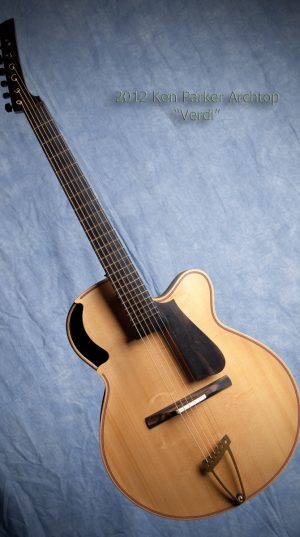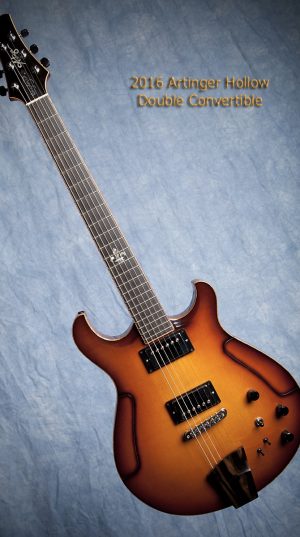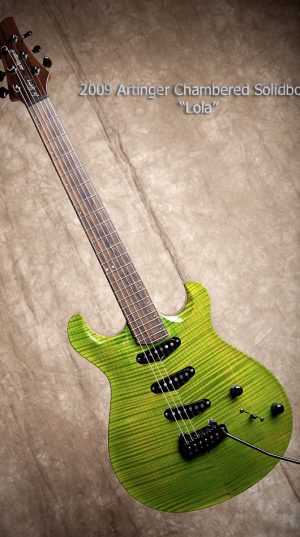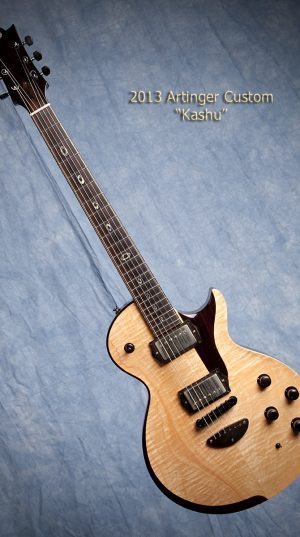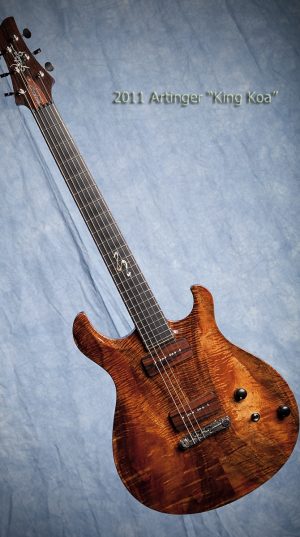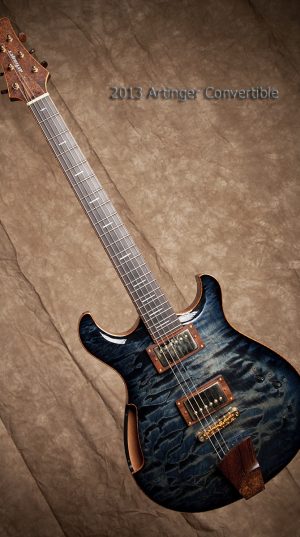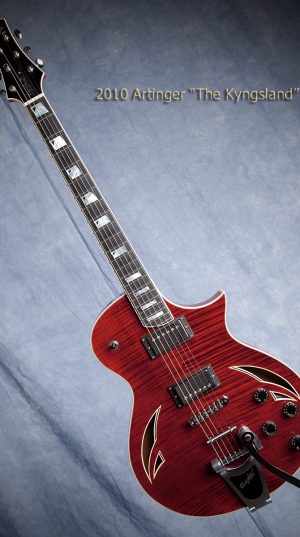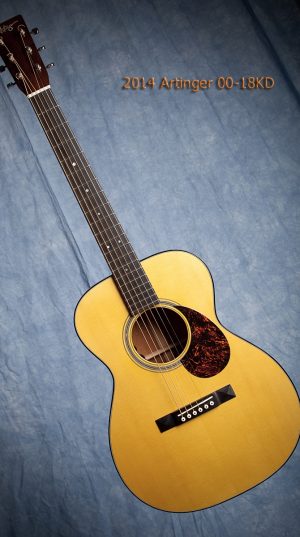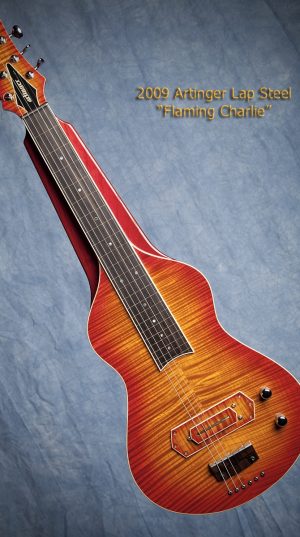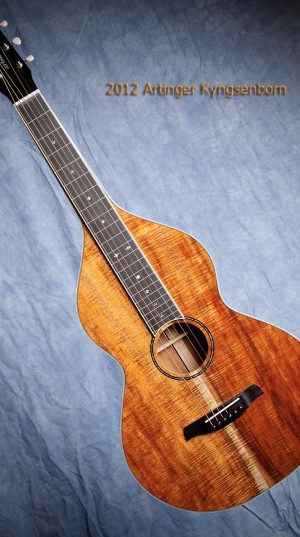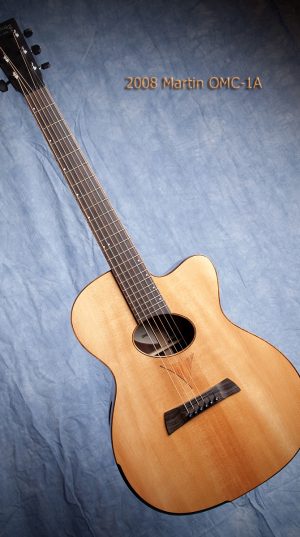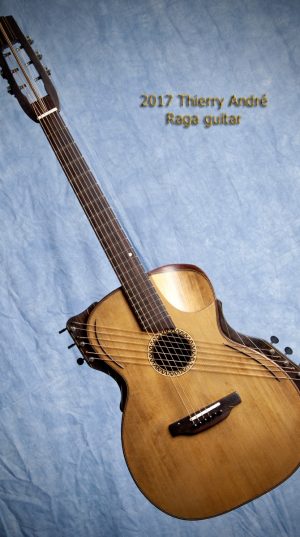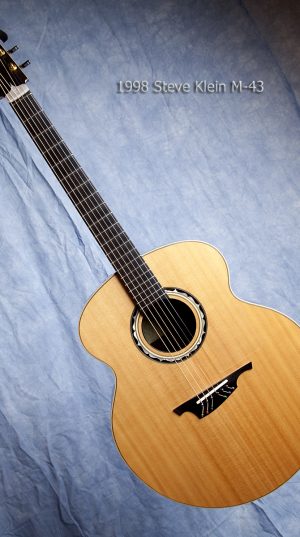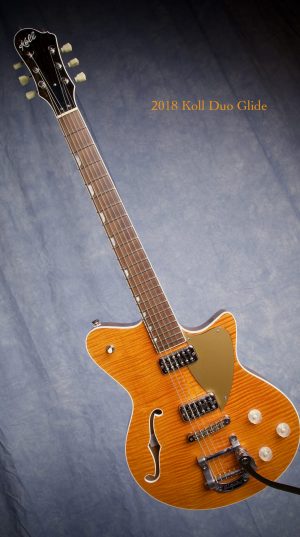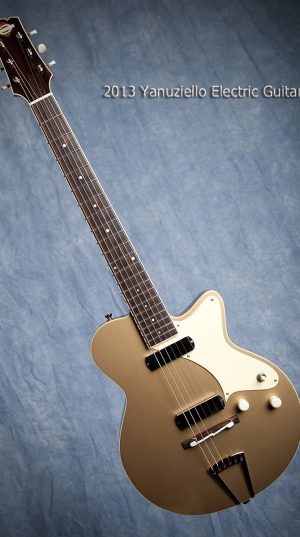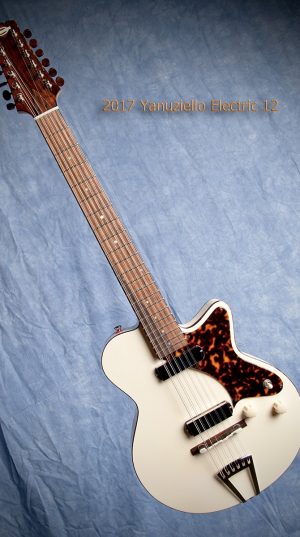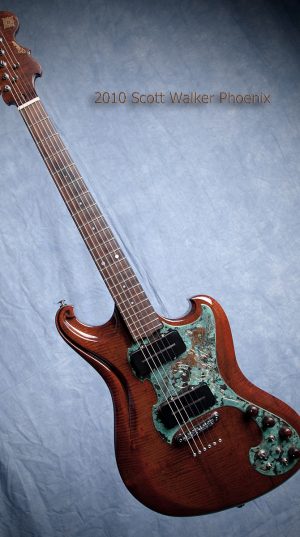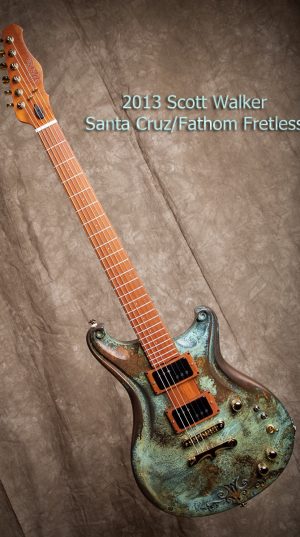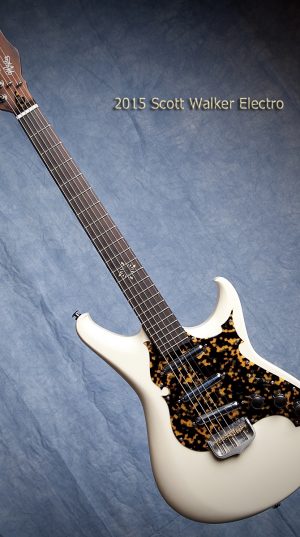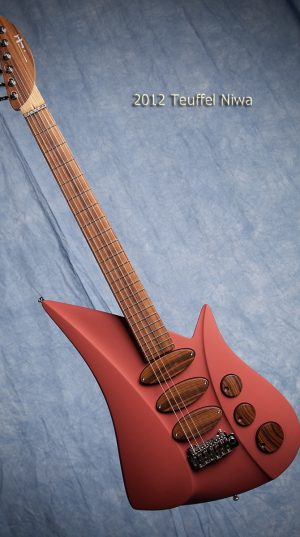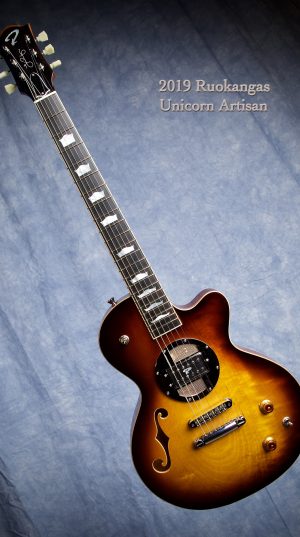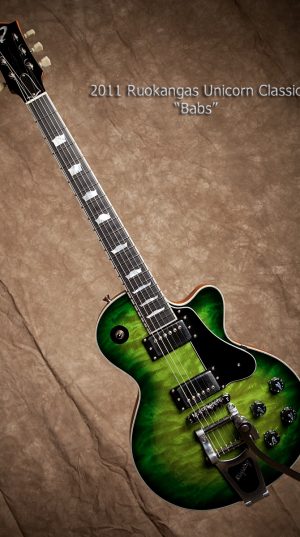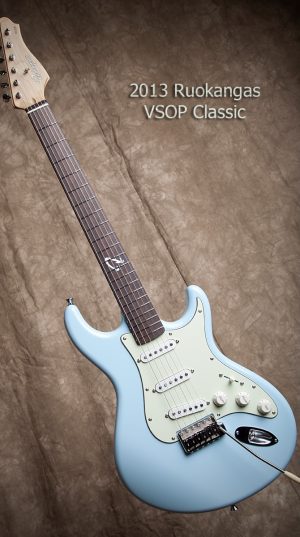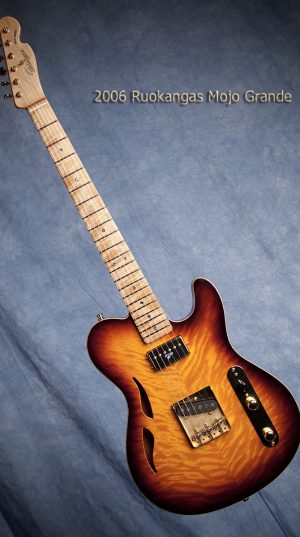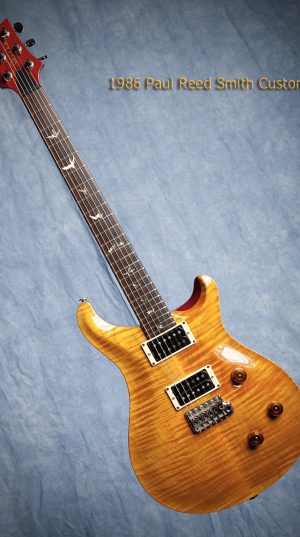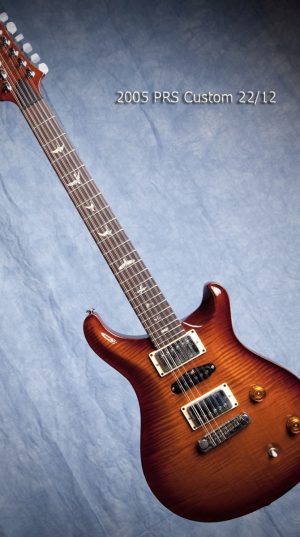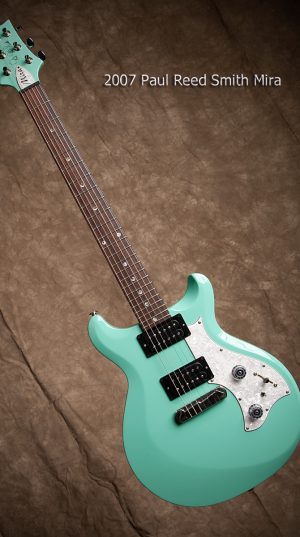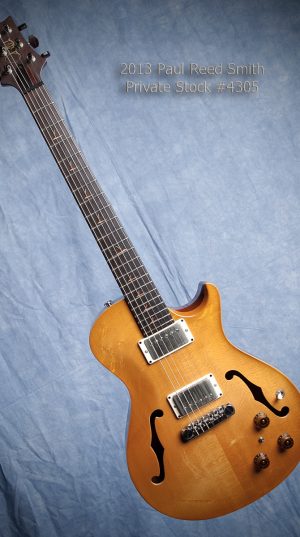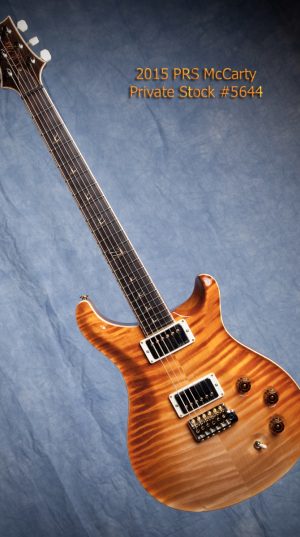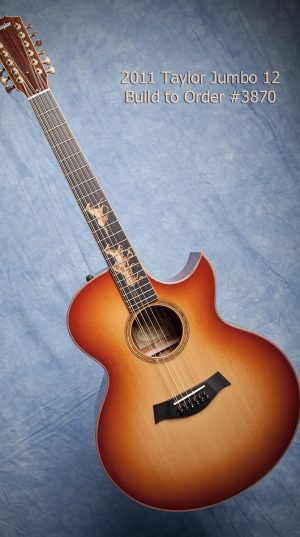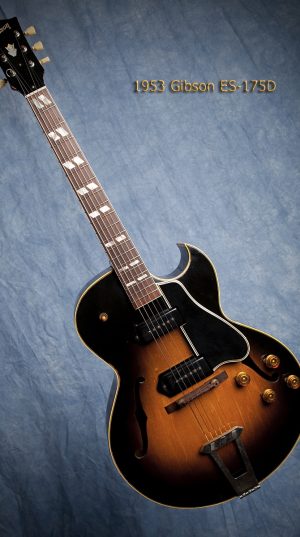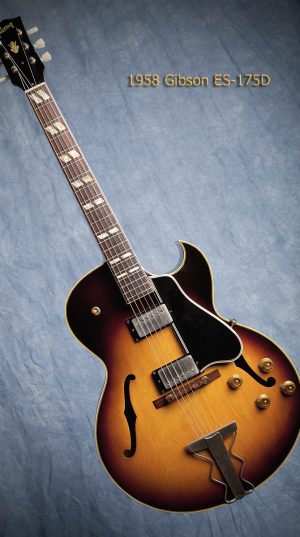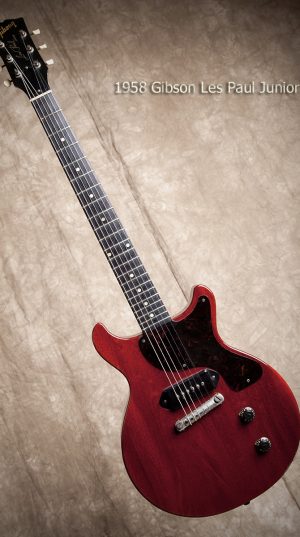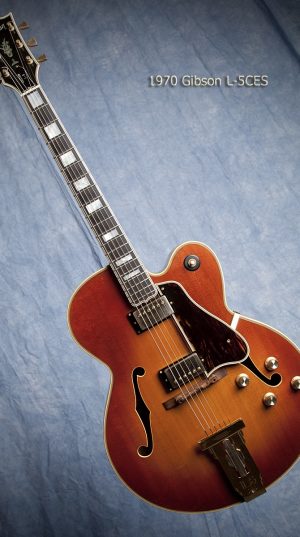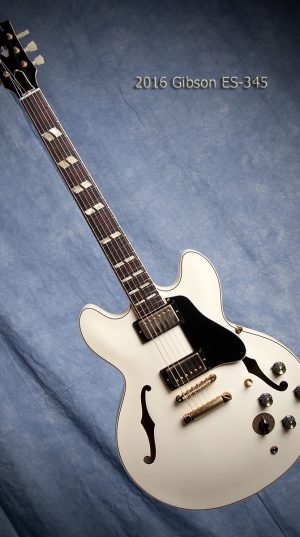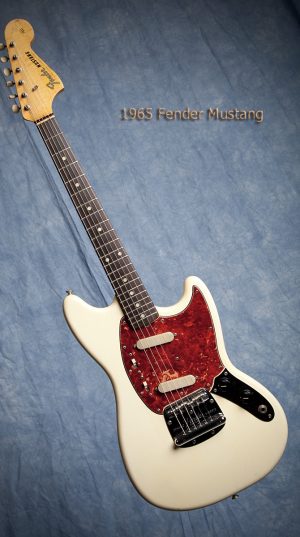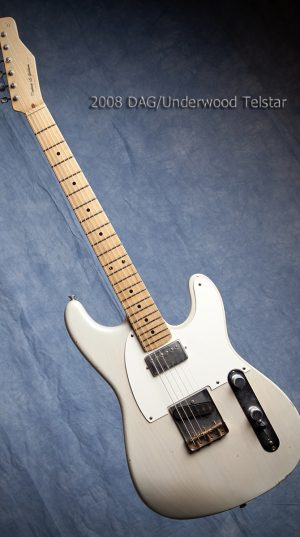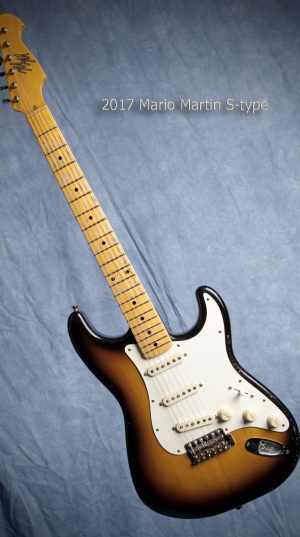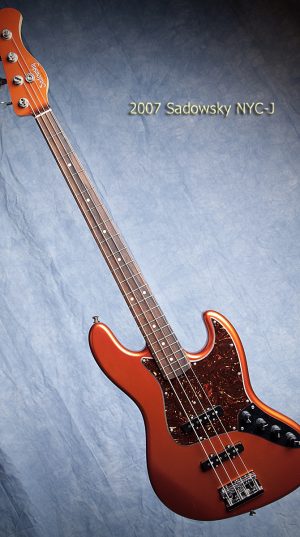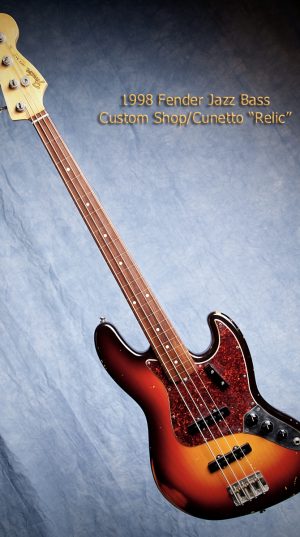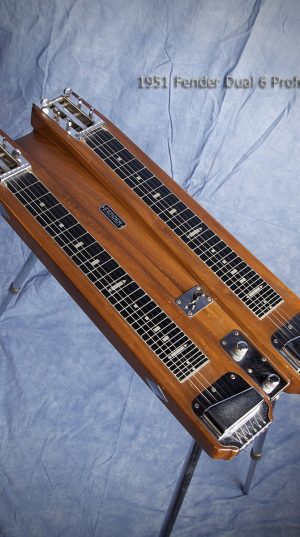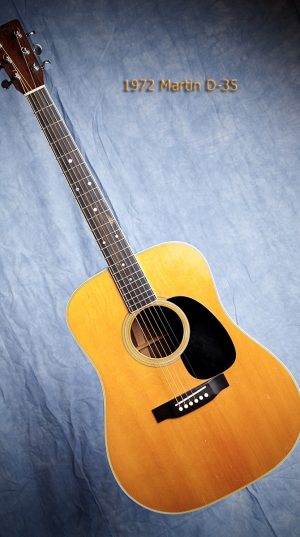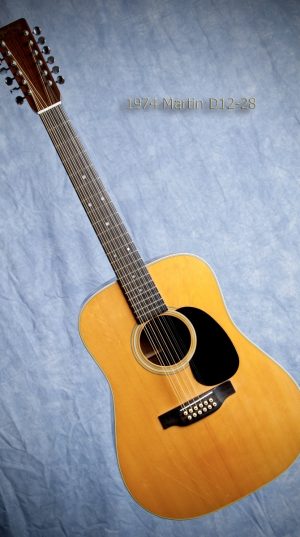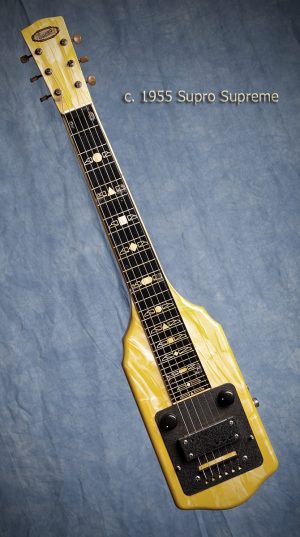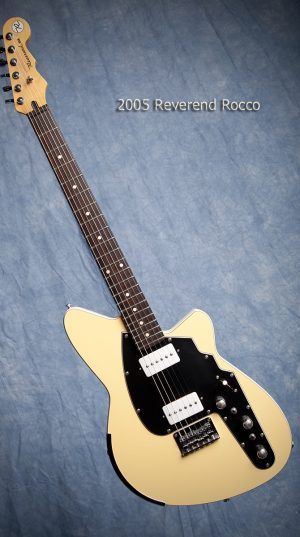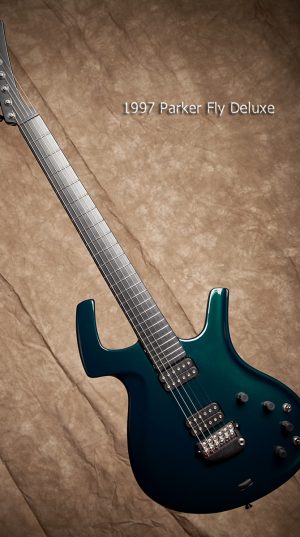Guitars, guitars, guitars: Kingsley Durant Self-interview, December 2019
Where did you start out?
Like a lot of people in the 1960s, I started out with a weird Japanese thing that had knobs and switches everywhere. I would guess that it was a Teisco Del Rey (how appropriate!), but I don’t know for sure. I bought it from my uncle [noted baseball journalist Peter Gammons], who taught me a few songs to get me started, and I borrowed an amp from my friend Fred’s older sister. For my thirteenth birthday, my dad bought me a Yamaha acoustic, and a couple of years later, an Aria Telecaster copy. I can’t say those were dream guitars, but they got the job done.
What was your dream guitar?

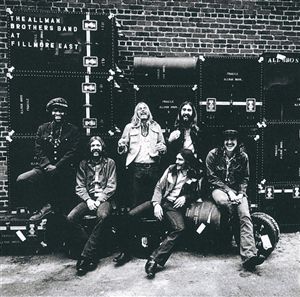
Early on, I was oblivious to specific guitar models. Back then, in the late ‘60s and early ‘70s, it wasn’t all that easy to get information if you weren’t old enough to go to shows and see them onstage. I can think of two records that had a significant impact: The Allman Brothers at Fillmore East and Yessongs.
That’s when I started thinking more in terms of being a guitar player and having a sound than being a songwriter who happened to play guitar. Since every guitar player I knew at the time wanted a Les Paul to sound like Duane or like Clapton, I went in the opposite direction and decided that Gibson’s ES-175D was my holy grail.
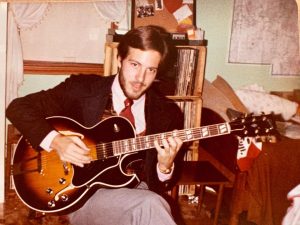
How long was it before you realized that dream, and did it work out the way you thought it would?
I bought a new-at-the-time ES-175D in 1980. That was a bad time to buy a current-issue Gibson. I played that guitar all through the 1980s, but it never took root the way I hoped it would. In retrospect, the amplifiers I was using were at least as much of a problem as the guitars, but I didn’t understand that at the time.
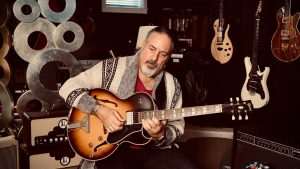
Cut to 2016: I had all sorts of lovely guitars (and amplifiers) in my studio, but when I bought Yes’ box set Progeny: Seven Shows from Seventy-Two, which is the source material from which Yessongs was originally derived, I realized that, for all the lovely guitars I had acquired over the years, I’d never sought out a proper ES-175D. Within a month I’d found a lovely 1958 version – known in guitar-geek circles as a Birth Year Guitar – and had it shipped out to me. I knew I’d done the right thing when I picked it up and played my own tune, “Song for Larry” instead of ripping off a few choice Steve Howe licks.
Nowadays you’re known for playing small-shop and custom guitars. How did you get into that world?
The disappointment with what Fender and Gibson were building circa 1980 had a lot to do with it. I became aware of Paul Reed Smith because Stan Whitaker from Happy the Man played one of Paul’s guitars in the early 1980s. When Paul’s guitars hit the market in 1985, I got onboard as soon as I could afford one, which was in 1990. I also had a Steinberger, a couple of Tom Anderson guitars, a few Klein Electrics, and it all followed from there. It was great to be involved in that world, but at the time, I don’t think I had found my voice on electric guitar. During the time I was teaching, I had a family with young children. Guitar was a passion without an actual product. I made my first record in the early 2000s, but the music on that was primarily acoustic. The electric bits were reflective of what I had at the time, but it was a case of taking what I had and making it fit rather than any particular vision of what I wanted to sound like.
The new record has a distinctive and identifiable guitar sound. How did that develop?
On some level, I think it’s the same sound I’ve been chasing since I was 15 or so. It’s just that there was a learning curve I didn’t go through until the last 15 years. During that time, I’ve had help and mentoring from friends like Mark Bishop [Mark’s Guitar Loft], Steve Kimock, and Craig Snyder [CR Guitars and longtime NYC studio guitarist]. During that same period, I started writing music in which my electric guitar was the main voice. Having the original tunes and performing them with a band forced me to think more carefully about the sound I wanted to project.
Tell us about the specific guitars you used on the new record.
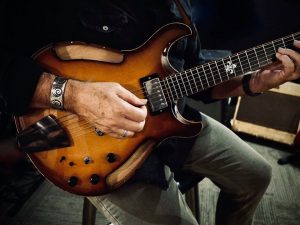
The main one, pictured on the back cover, is the most recent guitar Matt Artinger built for me. It’s a mostly hollow, double-cutaway guitar with a spruce top, mahogany back, and Matt’s “convertible” sound ports. My friend Ken Parker’s Archtop gave Matt the idea for those, which have a hole or port on the upper edge of the guitar instead of the usual f-holes. Ken thinks of it as the “least-worst” place to locate a hole in the top. With a hollow or semi-hollow electric guitar, there are situations where it might be better to cover up the holes and hence the “convertible” designation. The guitar is based on Matt’s usual “Hollow” model specs, but I had a lot of input. After many years of playing PRS guitars and Matt’s guitars, which are based to an extent on the PRS recipe, I had a lot of ideas! Other than the woods and the physical dimensions, the main customization was in the electronics. In a guitar with two humbucking pickups, I’m partial to the vintage Gibson wiring scheme along with the ability to split the coils on the neck pickup and flip the polarity on the bridge pickup.
That’s what the two mini switches do, right?
Exactly. I learned about that wiring from Steve Kimock, who uses it on the Explorer that’s been his main guitar since he was a teenager.
What about the orange guitar on the front cover of the CD?
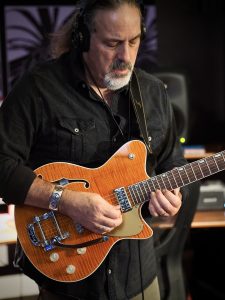
That’s a Duo Glide model from Saul Koll. I used it for three tracks on the CD: “Come upstairs,” “Ancestral shadows,” and “Give her my regrets.” In recent years, Saul has become the guitar builder to the Durant family. My brother Jon now lives in Portland [OR] part of the time, which is where Saul lives and has his shop. Saul is in the process of building a third custom guitar for Jon. He’s also built one for Jon’s son Harrison and for our brother Pete. He hasn’t ever built one specifically for me, though. A little over 10 years ago, I bought a guitar Saul had built for a customer who had to back out at the end. For quite a few years, I had considered asking him to do a custom build in Gretsch orange with a Bigsby vibrato and Filter’Tron style pickups but hadn’t ever followed through. Last summer, I found that exact guitar hanging on the wall at The Music Emporium, one of Saul’s main dealers, and bought it then and there. On the CD, I ended up using it for mostly cleaner sounds. While listening to the rough mix of “Ancestral shadows,” bassist Baron Browne said, “That’s the best clean sound I’ve ever heard come out of a guitar!” But, as my bandmates in the Boston Hot Stove All-Stars can attest, it can get gnarly.

